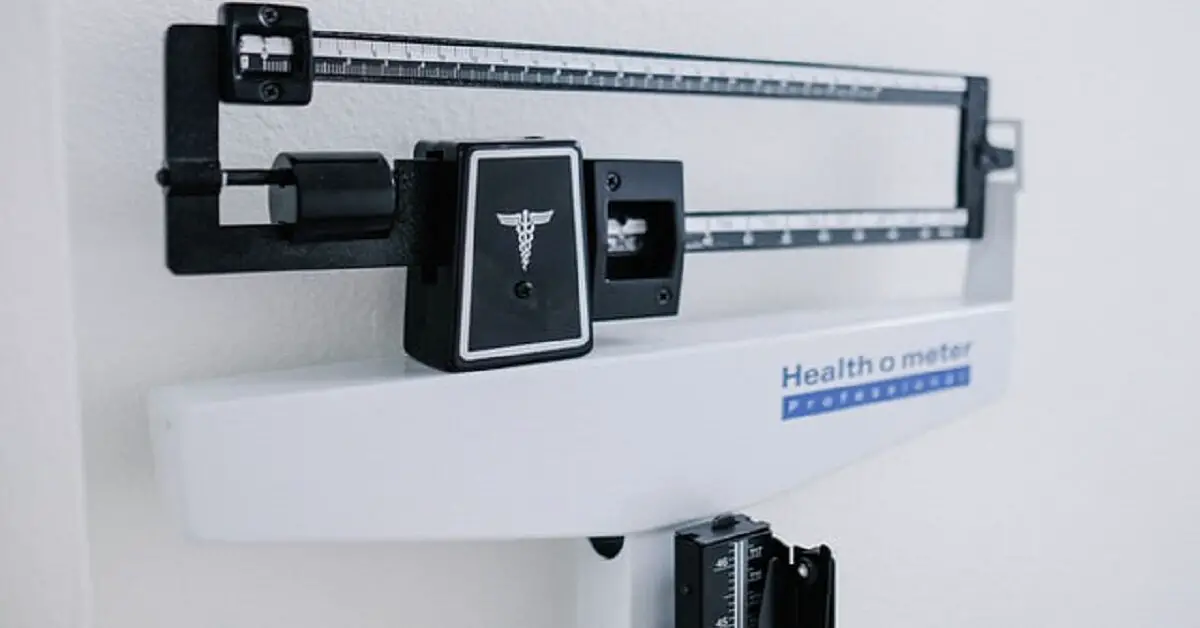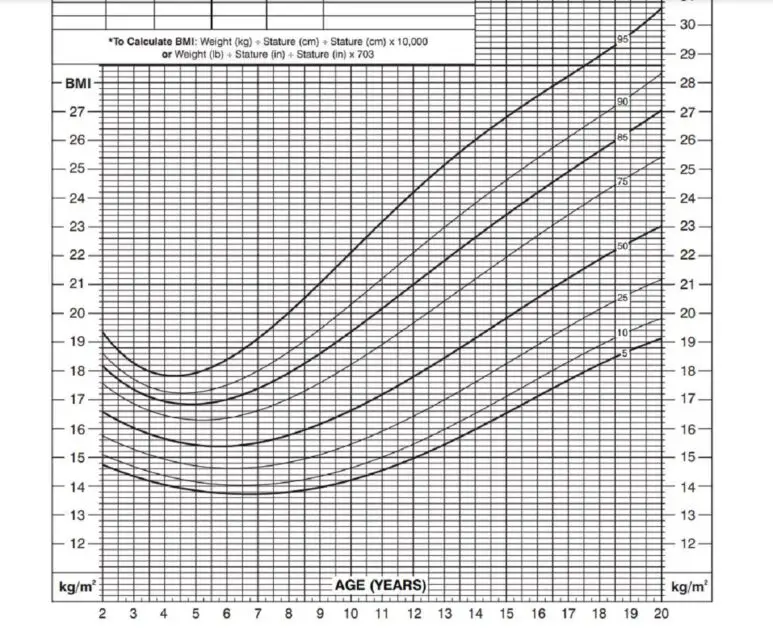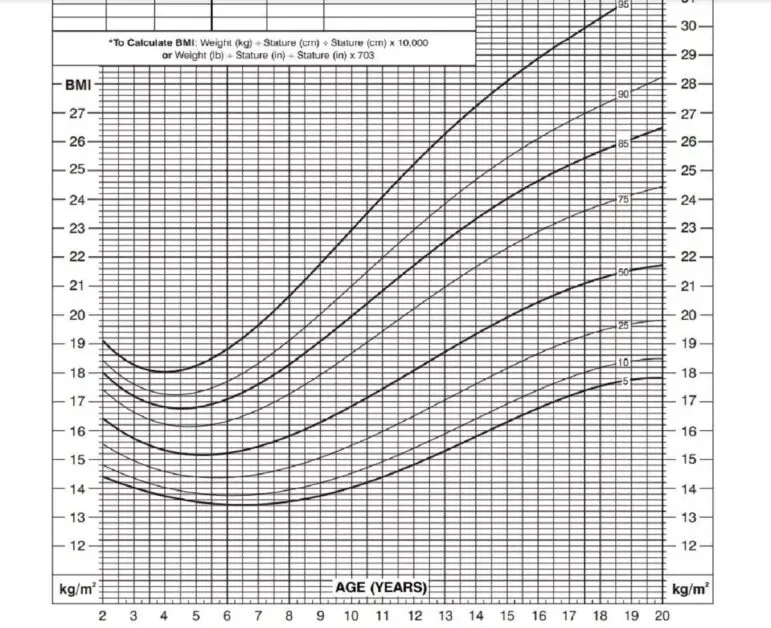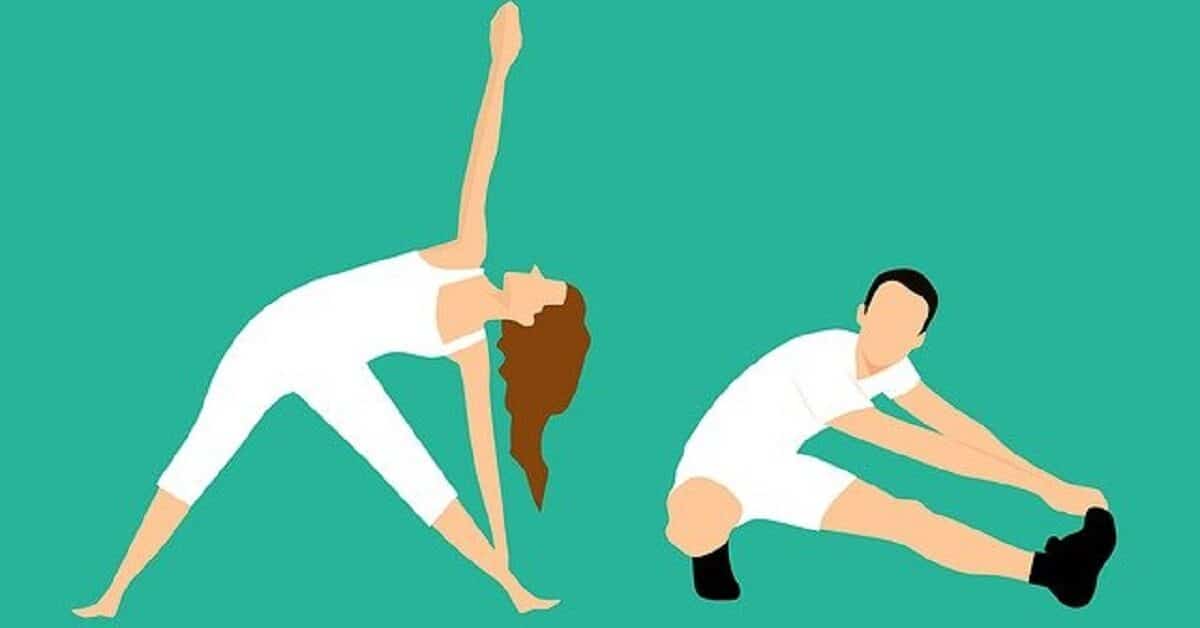
This article answers your questions about how many calories 16-year-olds need.
A teenager’s calorie requirement depends on many factors, including gender.
A 16-year-old boy may need up to 3,200 calories daily. A girl needs up to 2,400 calories, according to the 2020-25 Dietary Guidelines for Americans (DGA).
However, you can make fine-tuning adjustments to these broad recommendations by considering other factors, such as physical activity levels (PALs), height, and body frame size.
We introduce readers to a web-based app (USDA) that helps you calculate calorie requirements for teenagers while accounting for factors, such as age, sex, weight, height, and physical activity level.
We also show how to use a Body Mass Index (BMI) calculator (CDC) designed for teenagers that tells whether you are underweight, overweight, or have a healthy body weight.
Contents:
How many calories should a 16-year-old girl eat?
How many calories should a 16-year-old boy eat?
Boys need more calories than girls
How to determine your physical activity level
Daily calorie calculator for teenagers
A sedentary lifestyle is unhealthy for 16-year-olds
16-year-olds need a balanced diet
Body Mass Index (BMI) calculator for teenagers
How to gain weight if you are underweight
How to lose weight if you are overweight or obese
How many calories should a 16-year-old girl eat?
The DGA offers estimates of the daily calorie needs of a 16-year-old girl based on three physical activity levels:
| Physical Activity Level | Daily Calories |
| Sedentary | 1800 |
| Moderately Active | 2000 |
| Active | 2400 |
How many calories should a 16-year-old boy eat?
Below are the daily calorie needs of 16-year-old boys:
| Physical Activity Levels | Daily Calories |
| Sedentary | 2400 |
| Moderately Active | 2800 |
| Active | 3200 |
Teenaged boys need more calories than girls
The table below brings the data for 16-year-old boys and girls together so that you compare them at a glance. It shows that teenage boys need more calories than girls. It also shows that teenage boys and girls need more calories than their less active counterparts.
| Physical Activity Level | Male | Female |
| Sedentary | 2400 cal | 1800 cal |
| Moderately Active | 2800 cal | 2000 cal |
| Active | 3200 cal | 2400 cal |
How to determine your physical activity level

If you are unsure how to rate your Physical Activity Level (PAL), the following information may help:
The 2020-2025 DGA defines a sedentary lifestyle as regularly involving only the “physical activity of independent living.”
Thus, you are likely sedentary if you spend much of your time reclining or sitting watching TV, reading books, listening to music, or playing video games.
The DGA also defines Moderately Active as a lifestyle that regularly involves physical activity equivalent to walking 1.5 miles to 3 miles daily at 3 miles to 4 miles per hour.
Thus, you are likely moderately active if you spend much of your time with friends, enjoying youthful activities, such as dating, dancing, partying, light gym activities, and recreational skateboarding.
Walking a short distance (less than or equal to a mile) to and from school daily rather than riding a bus may also be part of a moderately active lifestyle. Recreational trampoline excercise may also be part of a moderately active lifestyle.
Lastly, the DGA defines Active as a lifestyle that regularly involves physical activity equivalent to walking more than 3 miles per day at 3 to 4 miles per hour.
You likely live an active lifestyle if you are a student-athlete or regularly engage in sporting activities. High intensity sporting activities include competitive skateboarding, football, athletics, basketball, swimming, mountain bicycling, rowing, and strength training.
You may find that your lifestyle is a mix of two or all of the physical activity levels listed above, leaving you uncertain which physical activity category to choose.
However, it is not unusual for a teenager’s daily physical activity level to vary significantly. For instance, you may prefer staying indoors playing video games on Saturday but choose to join your friends on Sunday at the gym to work out, play basketball, tennis, or swim.
You have to decide which activity level represents your typically daytime lifestyle.
If you engage in sporting activity only occasionally but spend lots of time with friends at the beach engaged in light physical activity (such as dancing, partying, and playing beach ball), you are likely moderately active. But if you work out or do vigorous sporting activities at least thrice weekly, your lifestyle is likely active.
If you seldom go outdoors but spend a typical day watching TV or playing video games, you are most likely sedentary.
This table list differrent activities such as bicycling
Daily calorie calculator for teenagers

The daily calorie needs listed in Tables 1-3 are only rough estimates for 16-year-olds.
If you want a more precise estimate of your daily calorie need, you may use the calorie calculator below. It estimates your calorie needs, taking into account your age, sex, height, body weight, and physical activity level.
[Note on how to use the calculator: Since teenagers are actively growing, they shouldn’t select the “maintain weight” option under the “Goal” subsection of the calculator to estimate their daily calorie needs. Instead, they should select the “weight gain” option to obtain an accurate estimate of their daily calorie need.]
[calorie_calc id=”10193″]
For comparison, you may also follow the link below to use the Daily Reference Intake (DRI) online tool offered by the USDA:
The tool helps you estimate your DRI based on recommendations by the Health and Medicine Division of the National Academies of Sciences.
You don’t need to do the math yourself. You only need to enter your age, weight, height, and activity level to generate data that includes:
- Your Body Mass Index (BMI) (find out more about BMI below)
- Estimated daily calorie needs
- Recommended daily intake of carbs, protein, fats, vitamins, and minerals
[Note: BMI (Kg/m2) is = Weight in kg/(Height in meters)2 or (Weight in kg/Height in cm/Height in cm) x 10,000]
A sedentary lifestyle is unhealthy for 16-year-olds

Tables 1-3 (see above) list the calorie requirements for a sedentary lifestyle. However, we don’t advise teenagers to settle for a sedentary lifestyle because it is not healthy. If you concluded that your lifestyle is sedentary, we suggest that you try to raise your physical activity level to at least moderately active to improve your health status.
Your teenage years are a critical period when your body develops lean mass (muscles and bone tissues) that will help sustain your health through early and late adulthood. You reap lifelong health benefits from ensuring that you get sufficient daily exercise to develop strong muscles, bones, and cardiovascular fitness.
A 16-year-old who lives a predominantly sedentary lifestyle suffers a higher likelihood of becoming overweight or obese. While being overweight may not cause noticeable health problems while you are young, it increases the risk of early death due to heart diseases, diabetes, and cancer during early adulthood (20-40) and midlife (40-60).
However, health experts recommend that teenagers get at least 8 hours of sleep nightly.
16-year-olds need a balanced diet

In addition to calories, you need to eat an overall balanced diet that contains all the proteins, fats, vitamins, minerals, and antioxidants you need to maintain good health. We recommend the USDA’s DRI tool (see link above) because it generates a detailed report that includes your daily calorie and nutrient requirements.
Focus on eating a balanced diet and getting good nutrition. But avoid pitfalls that lead to an obsessive preoccupation with healthy eating. Some healthy eaters develop a condition known as orthorexia, an unhealthy obsession with healthy eating and food quality.
You also need to dedicate more of your time to outdoor activities, especially during the summer, to get enough exposure to sunshine. Your skin needs plenty of exposure to sunshine to synthesize vitamin D for bone and muscle development.
A diet that supplies all the health-promoting nutrients you need will include nutrient-dense foods such as:
- Dark-Green Vegetables
- Red and Orange Vegetables
- Beans, Peas, Lentils
- Starchy Vegetables
- Meats, Poultry, Eggs
- Seafood
- Nuts and Seeds
You want to ensure that you are not taking too many or too few calories daily. Staying within the limits of recommended daily calorie intake and ensuring that you get sufficient daily exercise keeps you in a healthy weight range. Eating more calories than you need increases the risk of being overweight and associated health problems.
Eating too few calories daily because you want to be thinner is not healthy. It increases your risk of becoming underweight. Research studies show that being underweight is just as unhealthy as being overweight.
One study found that being underweight was associated with an increased risk of all-cause mortality compared to normal weight (Roh et al., 2014).
Finally, avoid common drugs, such as alcohol, tobacco, vaping, and marijuana (weed), to maintain healthy lungs, heart, and brain.
Body Mass Index (BMI) calculator for teenagers

You may find out if your weight falls within the healthy range by following the steps listed below:
- Measure your weight on a bathroom scale (How to measure your height and weight)
- Calculate your Body Mass Index (BMI) using this Child and Teen BMI calculator. The calculator prompts you to enter personal information, such as age, sex, height, and weight. It then generates a report that tells you whether you are:
- Underweight: Below the 5th percentile
- Healthy weight: 5th to less than 85th percentile
- Overweight: 85th to less than 95th percentile
- Obese: 95th percentile or greater
You may also use the percentile growth charts below to check whether you are within the healthy Body Mass Index (BMI) range:
BMI-for-age – Boys Growth Chart

BMI-for-age – Girls Growth Chart

A healthy BMI range for a 16-year-old boy, according to the “Boys Growth Chart,” would be 17.00 to less than 24.10
A healthy BMI range for a 16-year-old girl, according to the “Girls Growth Chart,” would be 16.75 to less than 24.50.
Learn how to use the tools and charts provided by the CDC here.
If your BMI is below the minimum recommended, you are underweight (too thin) and need to gain weight.
If you are above the maximum recommended, you are overweight or obese and need to lose weight.
However, keep in mind that a high BMI is not always a reliable indicator of whether you are overweight.
The BMI may give misleading results for people who do strength training and have highly developed muscles.
How to gain weight if you are underweight
First estimate or calculate your daily calorie need based on your age, sex, and height. Then try to gain weight by increasing your daily serving of healthy and nutrient-dense foods (see list of healthy foods above).
Calorie counter apps offer an easy way to keep track of calorie intake (see list of best calorie counter apps below).
How to lose weight if you are overweight or obese

If you are overweight, you can lose weight until you fall within the recommended BMI range by:
- Cutting down on your daily calorie intake (by ≤ 500 calories/day)
- Increasing the proportion of healthy, nutrient-dense foods in your diet
- Avoiding empty calorie foods and snacks
- Increasing your serving of protein-rich foods
- Maintaining an active lifestyle
Calculate your daily calorie need based on your activity level and ensure you stay within recommended calorie limits.
Gradually cut down on your daily calorie intake.
How much calorie deficit you start with will depend on how much excess weight you have. It will also depend on how many calories you’ve been taking daily. For instance, you can start with a calorie deficit of 150 calories and gradually increase it to a maximum deficit of 500 calories.
Teenagers need to avoid empty calories
The easiest way to start cutting down on your calorie intake is to reduce your intake of empty calories.
Foods with plenty of added sugars and solid fat but little or no essential nutrients (proteins, vitamins, and minerals) have empty calories.
Examples of foods with empty calories include:
- Candies and sweet
- Sugar-sweetened beverages,
- Confectioneries such as sugar-sweetened pastries, pies, donuts, and rolls,
- Fast foods such as french fries, potato chips, burgers, and pizza
If you are cutting calories to lose weight, never reduce your daily intake below recommended levels without professional supervision.
If you experience difficulty managing weight loss, or if you are struggling with eating disorders, such as anorexia nervosa or bulimia nervosa, we advise that you seek the help of a qualified medical professional.
List of best calorie counter apps
MyFitnessPal: You can get this app for free on Google Play and the App Store. You can also upgrade to paid membership to enjoy additional features.
Noom: Noom offers new users a free trial before paid service. The app is also available on Google Play and App Store.
Fatsecret: You can get this app on Google Play, App Store, and Apple Watch. You can also use Fatsecret’s free version or upgrade to paid membership.
This is not a comprehensive list of helpful calorie counter apps. There are many other high-quality apps you can find by searching online.

